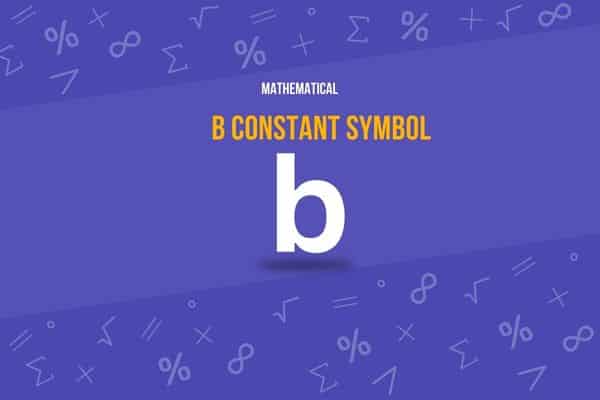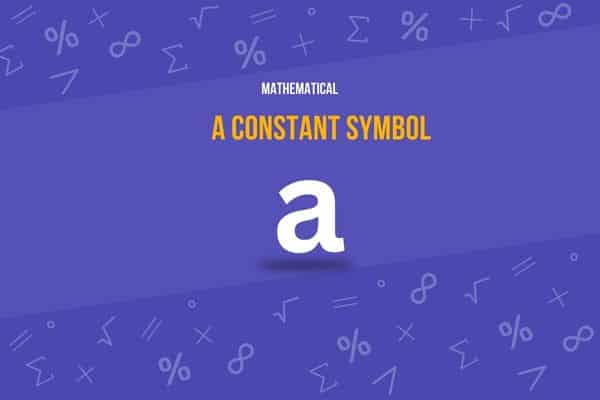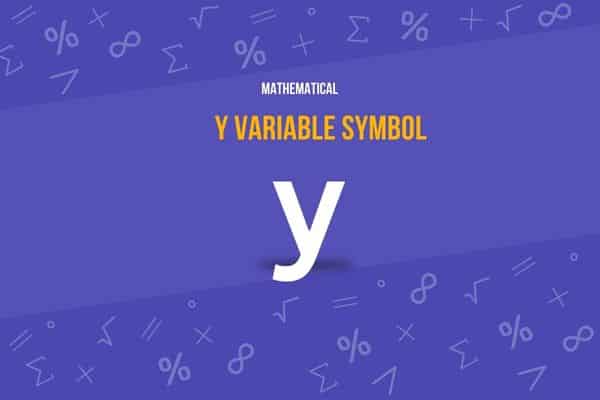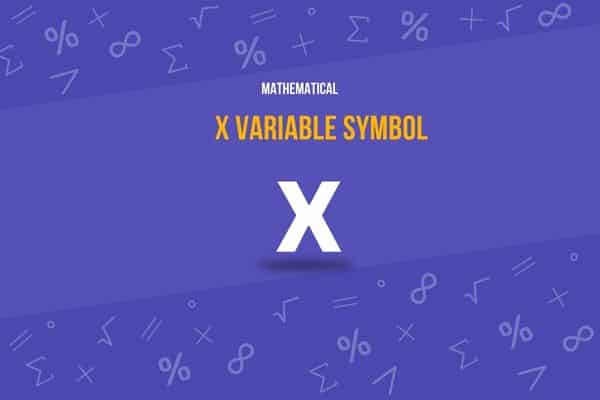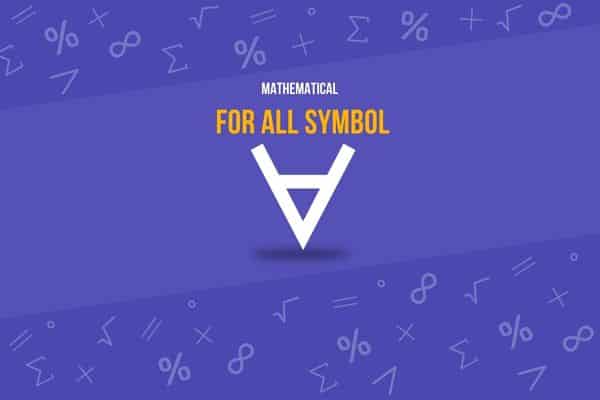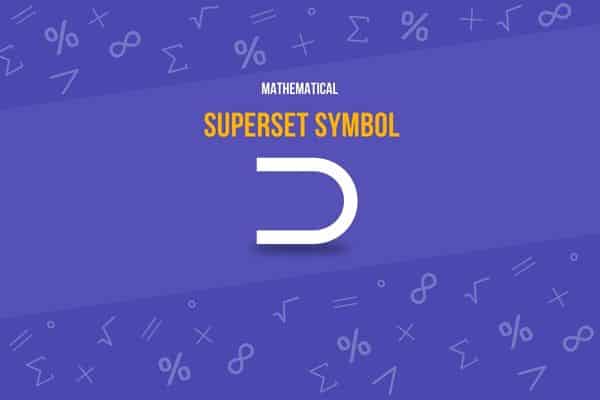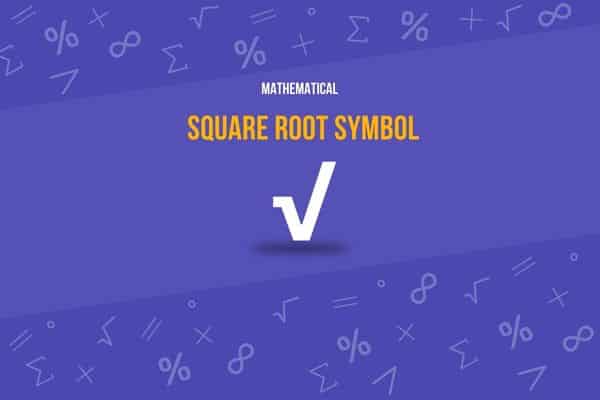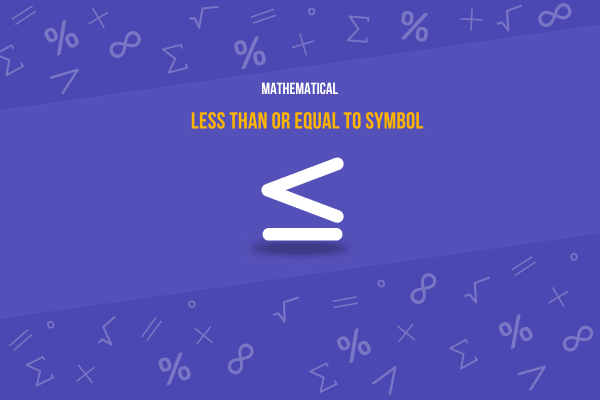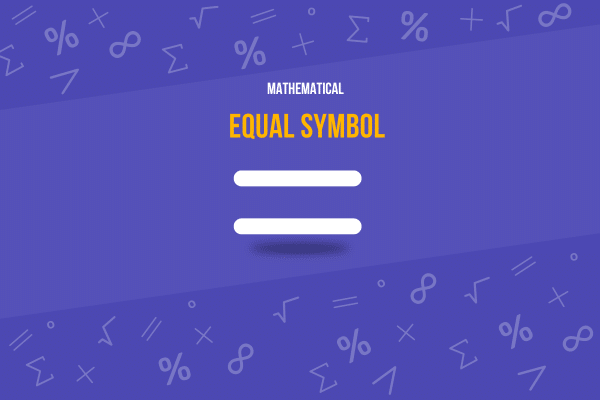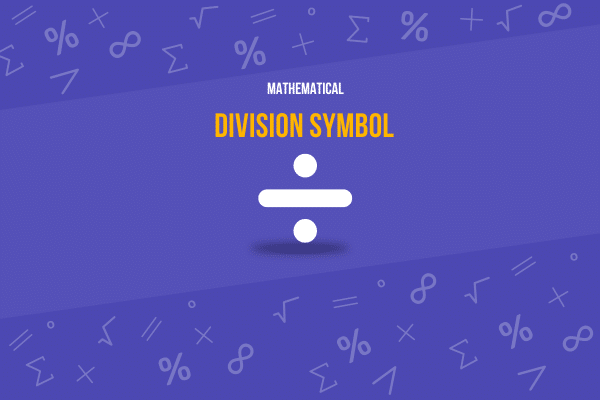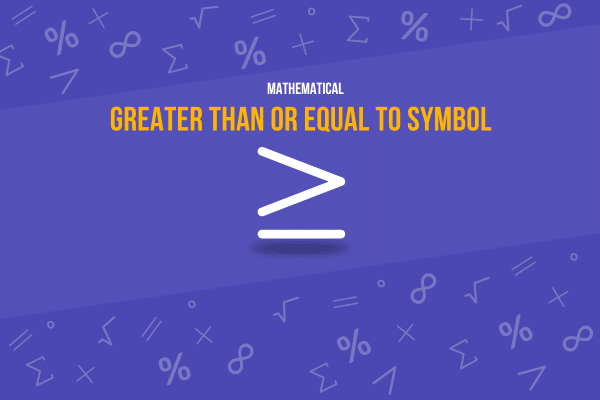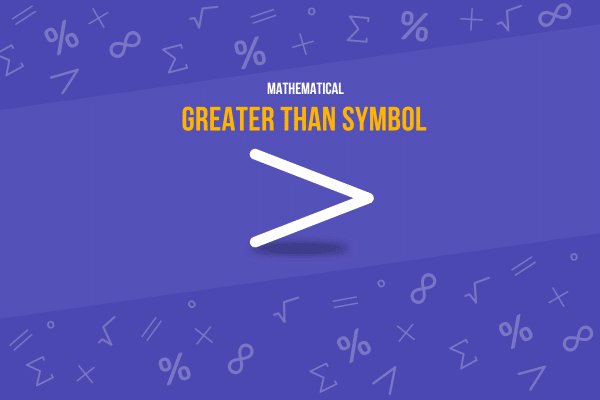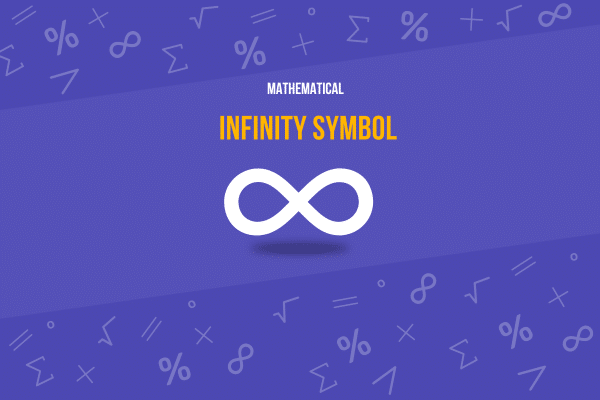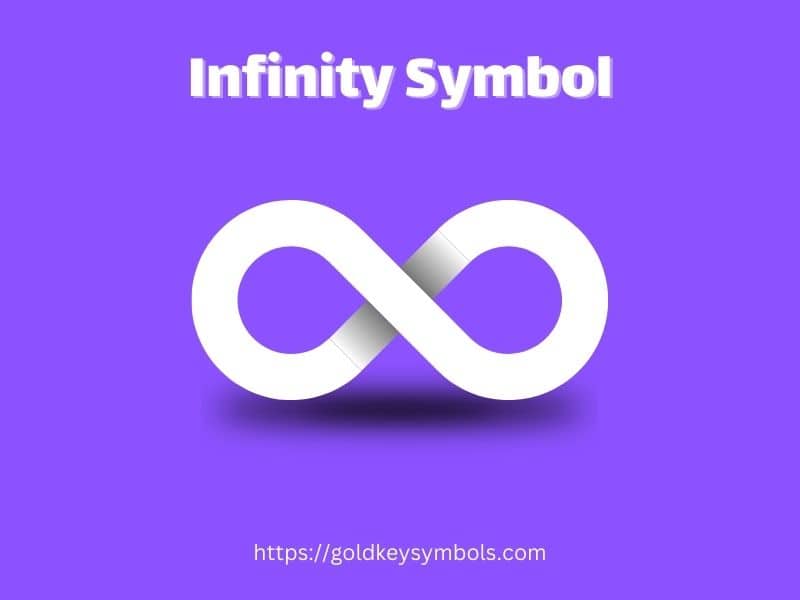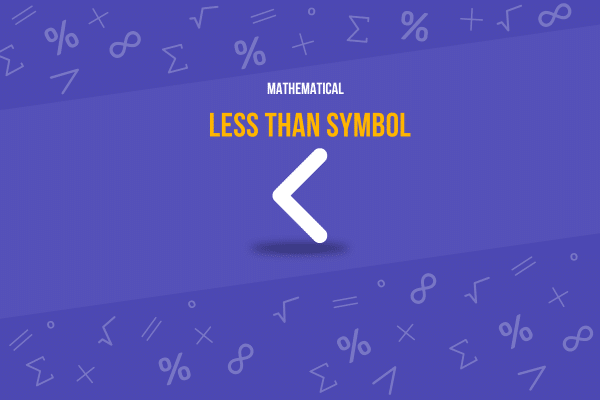Are you curious about mathematical symbols, specifically the ubiquitous plus sign? Have you ever wondered what it represents beyond simple arithmetic?
Rest assured, this article is your definitive guide. It will illuminate the plus symbol’s journey from ancient shorthand to its modern-day role in coding, math, social media, and physics. The piece promises practical knowledge, highlighting Plus Symbol’s additional uses and global variations.
So, stick with us. By continuing to read, you’ll unveil the fascinating story of the plus sign, enriching your understanding of this everyday symbol. Trust us, it’s more than just addition.
Let’s get started!
Fast Facts
+
Plus Symbol
Plus Symbol (+) Overview
Here is a detailed table that captures various technical aspects of the Plus Symbol (+):
| Attribute | Details |
|---|---|
| Symbol Name | Plus Sign |
| Unicode | U+002B |
| Image | + |
| Brief Description | Used to indicate addition or positive value |
| Unicode Version and Date | Unicode 1.1, released in June 1993 |
| Unicode Block Name | Basic Latin |
| Plane | BMP (Basic Multilingual Plane) |
| Script | Common |
| Category | Symbol, Math |
| Bidirectional Class | European Number Terminator (ET) |
| Combining Class | 0 (Not a combining character) |
| Character is Mirrored | No |
| HTML Entity | + or + |
| CSS | \002B |
| UTF-8 Encoding | 0x2B |
| UTF-16 Encoding | 0x002B |
| UTF-32 Encoding | 0x0000002B |
Here’s What You Will Find
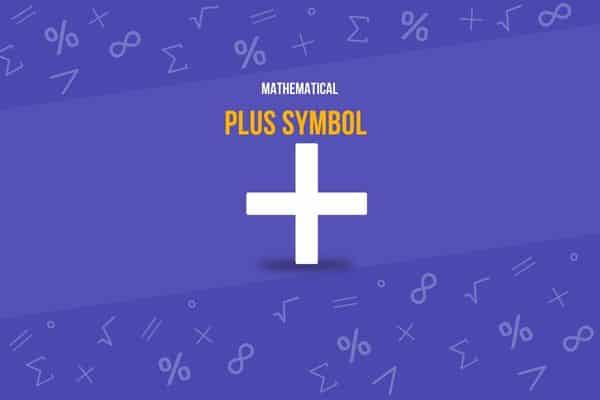
Plus Symbol
The plus sign (+) is a mathematical symbol used primarily to denote the addition operation. It signifies combining two or more quantities to create a total or sum.
This symbol is ubiquitous in mathematics and everyday life, where it can also represent positive values or serve as an indicator for beneficial features, such as in technology or on product labels. Simple and intuitive, the plus sign is recognized globally across diverse languages and cultures, making it one of the most fundamental symbols in academic and practical contexts.
You’ve likely seen the plus symbol numerous times, but have you ever thought about its other names?
It’s more than just a sign of addition or positivity. Let’s explore these alternative names and their origins.
Other Names
The plus symbol or plus sign, commonly recognized for its mathematical usage, is also known by a few other names in different contexts. This simple ‘+’ isn’t just an addition sign; it has a variety of other monikers that reflect its diverse applications.
- Positive Sign: In mathematical contexts, it’s frequently referred to as the positive sign, particularly when contrasted with the negative or minus sign. This terminology highlights its role in representing positive numbers and operations.
- Cross Mark: The plus symbol is also recognized as a cross mark in specific circles. The term cross mark signifies its shape, especially in important fields of visual representation.
- Plus Cross: In typography, the ‘+’ is often called ‘plus cross’. This name is derived from its function of denoting addition and its cross-like shape.
Next time you encounter a ‘+’, remember it’s more than just a plus symbol. It’s a multidimensional symbol with various names depending on the context. The story behind this simple mathematical symbol is indeed fascinating.
Meaning of Plus Symbol
The Plus Symbol in Mathematics
In most contexts, the plus sign (+) is a universal mathematical symbol that denotes addition or a positive quantity.
The fundamental operation it signifies is the addition of two numbers. For instance, in the mathematical equation 3 + 2 = 5, the plus sign instructs the user to add 3 and 2, which equals 5.
The plus sign isn’t just confined to basic arithmetic; it has broader applications across various mathematical domains.
The Plus Symbol in Science and Technology
The plus symbol also has significant implications in science and technology.
In physics, for instance, it can be used to symbolize a positive electric charge.
In the technological field, particularly in coding, the plus symbol is crucial in concatenating or linking two text strings. Consequently, it aids in efficient data manipulation and processing.
The Plus Symbol in Medicine
The medical field also utilizes the plus symbol extensively to indicate the presence of specific traits or conditions.
For instance, a ‘positive’ result is often represented with a plus sign in medical diagnostic tests. This representation aids in a clear and quick understanding of test results, ensuring timely medical intervention.
Symbolism of the Plus Symbol
The plus sign, also known as the plus symbol, isn’t only a representation of addition or positive numbers in mathematics. Its symbolism extends far beyond these mathematical applications, permeating various cultural, spiritual, and practical contexts. Let’s explore the rich symbolism of the plus symbol.
Spiritual Significance of the Plus Symbol
- Positive energy: In spiritual contexts, the plus symbol is often linked to positive energy. It’s seen as a conduit or a symbol that channels and radiates positivity.
- Divine intervention: The plus sign is also associated with divine intervention, signifying the intersecting domains of the divine.
- Growth and development: The symbol is representative of growth and development, signifying the power of connection and union.
Representation of the Plus Symbol in Social Media
- Symbol of ‘more’: In social media, the plus symbol is widely recognized as a symbol of ‘more.’ It’s used to expand views, add friends, or increase volume.
- Abundance and expansion: The plus sign symbolizes abundance and expansion in the digital world, signifying the possibility of adding more to what currently exists.
Healthcare Symbolism of the Plus Symbol
- Positivity and health: The plus symbol stands for positivity and health in healthcare.
- Blood type positivity: It’s universally accepted as the symbol for blood type positivity, signifying strength and vitality. The plus symbol in this context denotes a positive blood type associated with robust health.
Unicode for the Plus Symbol
In this post, we’ll explore the representation of the plus symbol in Unicode, a universally accepted standard for encoding, representing, and managing text in digital formats. This standard simplifies ensuring that each symbol is universally recognized and accurately displayed across various platforms.
Let’s talk about the plus symbol and its Unicode representation.
Unicode Representation of the Plus Symbol
The plus symbol is quite straightforward in Unicode; just use code U+002B. Some details about this code are as follows:
It’s part of the Unicode Basic Latin character set: This set comprises most of the characters you see on a standard keyboard.
It instructs digital platforms to display the plus symbol (+): When you use this code, any computer, website, or other digital platform will know to display the plus symbol (+).
Usage of the Plus Symbol in Programming and Coding
The plus symbol’s Unicode is supported across multiple programming languages, making it a valuable tool for programmers and coders. Here are some key points:
The plus symbol is typically represented in the ‘+’ format in programming contexts.
It’s universally accepted: The Unicode for the plus symbol is universally recognized, ensuring accurate representation in your digital work.
It’s a handy tool: Knowing this Unicode representation of the plus symbol can be incredibly beneficial for your coding tasks.
Uses of Plus Symbol
While primarily known for its role in arithmetic, the plus symbol is a dynamic icon with many uses across different domains. This article explores the plus symbol’s primary applications, shedding light on its versatility and importance.
- Arithmetic Operations with the Plus Symbol:
The plus symbol is most prevalent in mathematics. It’s a fundamental operator used to indicate addition. The plus symbol is essential in solving mathematical problems, from simple sums to complex equations. It’s also heavily utilized in mathematical proofs, critical in demonstrating and validating theorems and principles. - The Plus Symbol as a Linguistic Indicator:
The plus symbol transcends the boundaries of mathematics, finding a place in linguistic contexts. It’s used as a conjunction, linking related ideas or items together. For example, in certain contexts, ‘A+B’ can be interpreted as ‘A and B.’ Using the plus symbol as a linguistic device adds depth and complexity to language, allowing for more nuanced expressions of ideas. - Scientific Usage of the Plus Symbol:
The plus symbol is employed in several ways in science. In physics and chemistry, it denotes a positive charge, a critical aspect of understanding atomic structure and electrical phenomena. Moreover, it represents surplus or excess in scientific measurements. Lastly, the plus symbol indicates the addition of a process, such as in chemical reactions or physical transformations.
Examples of Plus Symbol
Let’s explore an array of examples that highlight the application of the plus symbol across different contexts. This mathematical symbol is multifaceted and plays a crucial role in various fields.
Mathematical Application
The plus symbol is fundamentally rooted in mathematics, symbolizing the addition operation. Consider the equation 2 + 3 = 5; here, the plus sign instructs the user to add two and three together, resulting in the sum of five.
Digital and Programming Contexts
Digital technology and programming languages also employ the plus symbol. Take JavaScript as an instance:
In JavaScript, the plus symbol is utilized to concatenate two strings. When ‘a’ + ‘b’ is executed, it fuses the strings, yielding ‘ab’ as the output.
Text-based Formats
The use of the plus symbol extends to text-based formats as a separator between items. Observe the following usage:
In a list context, the sentence ‘Please bring apples, bananas, and oranges’ demonstrates the use of the plus symbol to separate different items.
Search Engine Queries
The plus symbol finds its place in search engine queries, enhancing the precision of search results.
Adding a plus sign before a word in a Google search ensures that the word appears in all the search results. A search for ‘+cats +dogs’ will display results containing both ‘cats’ and ‘dogs’.
Healthcare Application
The healthcare sector employs the plus symbol in the categorization of blood types.
The plus symbol denotes specific blood types, such as A+ or B+.
From these examples, it’s clear that the plus symbol isn’t just a mathematical tool but a versatile symbol used in varying fields and contexts.
History of Plus Symbol
Have you ever been curious about the history of the familiar plus symbol? Its origin story is truly fascinating. Contrary to popular belief, the Plus Symbol wasn’t always a part of our mathematical language—it only emerged in Europe in the late 15th century. Before its appearance, all mathematical operations were carefully spelled out in words.
Let’s explore the journey of the plus symbol:
- The Roman Contribution: The roots of the plus symbol can be traced back to the Romans. They utilized a shortened version of the Latin word ‘et’, which translates to ‘and’, to denote the concept of addition. So, every time you use the plus symbol, you’re essentially using a shorthand that has been used for centuries!
- The Advent of the Printing Press: The advent of the printing press facilitated the transformation of this shorthand into the plus symbol we recognize today.
- Johannes Widmann and the First Use: In 1489, a German mathematician named Johannes Widmann made history. He penned a book using the plus symbol to denote addition for the first time.
- Global Adoption and Standardization: The simplicity and convenience of the plus symbol made it an instant hit among the mathematical community. Mathematicians across the globe began to adopt it, ultimately leading to it becoming a universal standard in mathematical notation.
This brief history of the plus symbol reminds us that even the most ubiquitous symbols have a rich history.
Origin of Plus Symbol
Exploring the genesis of the plus symbol reveals that this mathematical sign has a rich and diverse history. It’s fascinating to discover that it doesn’t stem from a singular culture or civilization but has a multifaceted origin story.
- Latin Roots: The modern interpretation of the plus symbol is said to have evolved from the Latin word ‘et,’ translating to ‘and.’ During the Middle Ages, scribes often abbreviated ‘et’ to a symbol resembling a cross or ‘+.’ This adaptation was primarily for practical reasons – it was easier to write, and it economized parchment space.
- Ancient Egyptian Influence: Interestingly, the Ancient Egyptians also had a symbol similar to the plus sign, denoting the concept of addition. Their depiction was more akin to a pair of legs striding in the direction of the script. The plus symbol gradually morphed into the ‘+’ we recognize today.
These diverse cultural influences highlight the evolution of the plus symbol, demonstrating how different civilizations have shaped it over time.
Evolution of Plus Symbol
The plus symbol has continually adapted and evolved from its inception to the current era. It has seen transformations by shifts in writing styles, mathematical conventions, and cultural contexts. Here’s a detailed look at the journey:
- Early Beginnings: The plus symbol initially appeared shorthand in manuscripts. It began as a visual representation, often a diagonal cross or an etched line, which suited the simpler mathematical practices of the time.
- Rise of Complexity: A clear, unambiguous symbol became evident as mathematical problems became more intricate and complex. This need gave birth to the plus sign we recognize today—a horizontal line intersecting a vertical line at a right angle.
- Adapting to Digital Age: The evolution of the plus symbol didn’t halt with its standardization. With the advent of digital technology, its use expanded and adapted. In computer programming languages, the plus symbol serves multiple purposes:
- Addition: It’s primarily used to perform addition operations.
- Concatenation: In some languages, it’s used to concatenate or link together strings.
- Denoting Positivity: It’s also utilized to indicate positive numbers.
- Social Media Usage: In the age of social media, the plus symbol has found a new role. It’s often used to express positivity or agreement, expanding its significance beyond mathematics.
Thus, the plus symbol has constantly been in motion, adapting to serve the needs of different periods and domains.
Why is Plus Symbol Important?
The plus symbol is a cornerstone in numerous disciplines, signifying more than just addition. Here’s how it contributes to different fields:
Mathematics and Physics
- The plus symbol is indispensable in comprehending positive and negative values, which are vital in these sciences.
- A mainstay in algebra, it aids in breaking down complex equations into manageable parts.
- Mathematical formulas wouldn’t make sense without it, illustrating its necessity in these fields.
Computer Programming
- The plus symbol is crucial as an operator for addition and concatenation, a process that combines strings.
- It’s a potent tool that enhances the efficiency and simplicity of coding, making it an integral part of programming.
Health and Medicine
- It’s prevalent in doctor’s prescriptions, indicating extra medications or treatments.
- The plus symbol is utilized in blood typing, which signifies the presence of a specific antigen, like the Rh factor.
Everyday Use of Plus Symbol
The plus (+) symbol is a common fixture in our everyday lives, influencing various sectors, from finance to technology. Its role is far-reaching and multifaceted. Here’s a closer look at how this mathematical symbol is used:
- Mathematics and Finance: The plus symbol is a fundamental tool in mathematics, representing the operation of addition. It’s frequently used in tasks such as tallying up grocery bills or computing the total duration spent on a project.
- Technology: Keyboards and coding languages often feature the plus symbol. Whether on your computer keyboard or used in programming languages, the ‘+’ is a critical component in technology.
- Social Media: Plus Symbol has found its way into the virtual world, connecting ideas and content. Although Google+ has been discontinued, the ‘+’ sign was an integral part of the platform, and it’s similarly used to search for related content on numerous other platforms.
- Healthcare: The plus symbol carries significant meaning in the medical field. It’s often used to indicate positive test results or denote additional benefits in health supplements.
- Education: Teachers employ the ‘+’ symbol to reward good behavior or assign extra points. It’s a universal sign of bonus or addition in an academic setting.
- Language and Media: The plus sign indicates continuation or something more to come, such as in movie sequels like ‘Mission Impossible+’.
Last Thoughts
The plus symbol is more than just a mathematical sign. Its deep-rooted history, evolving symbolism, and widespread usage make it integral to our everyday lives. So, whether it’s calculating sums, representing positivity, or as a blessing in religious texts, the humble ‘+’ is everywhere. Knowing its Unicode and origin enriches our understanding of this powerful symbol. Truly, the plus symbol is a small character with a big impact.
Before You Go
We hope you found the journey of the plus symbol as fascinating as we did. If you did, why not share the knowledge? Pass this article on to your friends, family, or anyone interested in the intriguing history and significance of the humble ‘+’ symbol. Remember, sharing is caring!
Check Other Mathematical Symbols
- Algebra Symbols
- Arithmetic Symbols
- Calculus Symbols
- Combinatorics Symbols
- Complex Analysis Symbols
- Differential Equations Symbols
- Geometry Symbols
- Logic Symbols
- Mathematical Constants Symbols
- Mathematical Functions Symbols
- Number Theory Symbols
- Set Theory Symbols
- Statistics Symbols
- Topology Symbols
- Trigonometry Symbols

